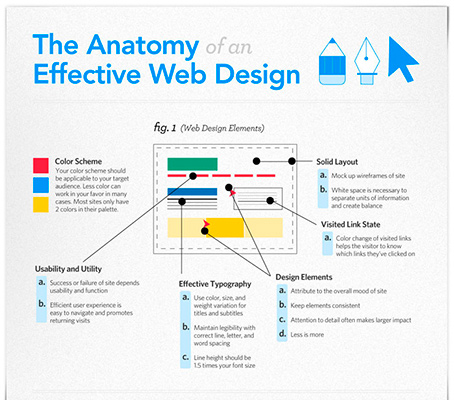Interested In Finding Out Just How Site Layout Has Altered For Many Years? Explore The Progression From Standard, Simple Designs To User-Centered Techniques That Prioritize The Demands And Choices Of Online Site Visitors
Interested In Finding Out Just How Site Layout Has Altered For Many Years? Explore The Progression From Standard, Simple Designs To User-Centered Techniques That Prioritize The Demands And Choices Of Online Site Visitors
Blog Article
Article Author-Abel Harding
In the past, web sites were simple and concentrated on details. Navigation was direct, and style was for desktops. Currently, customer experience is vital. Data guides layouts for easy navigating. Responsive formats fit various devices. Today, dark setting lowers strain, and minimalist food selections enhance navigation. Interactive functions engage customers, and bold visuals stand apart. AI combination boosts involvement. See how design has evolved to enhance your online trip.
Very Early Days of Website Design
In the early days of web design, simplicity reigned supreme. Sites were basic, with restricted colors, font styles, and formats. cost to make website ada compliant got on providing information as opposed to showy visuals. visit the following web site accessed the net through sluggish dial-up links, so rate and performance were essential.
Navigating food selections were straightforward, typically situated on top or side of the page. Internet sites were created for desktop computers, as mobile browsing had not been yet common. Material was king, and developers prioritized very easy readability over complicated style components.
HTML was the key coding language used, and developers needed to function within its restrictions. Computer animations and interactive attributes were very little contrasted to today's criteria. Websites were static, with little vibrant content or tailored customer experiences.
Rise of User-Focused Style
With the evolution of site style, a shift towards user-focused style principles has actually become significantly prominent. Today, producing sites that focus on customer experience is critical for involving site visitors and attaining business goals. ada friendly websites -focused style entails understanding the needs, choices, and actions of your target audience to tailor the site's design, web content, and features appropriately.
Developers now carry out extensive research study, such as customer studies and usability testing, to gather insights and comments straight from customers. This data-driven strategy helps in developing intuitive navigation, clear calls-to-action, and aesthetically enticing interfaces that reverberate with visitors. By putting the individual at the center of the design procedure, websites can supply a more individualized and pleasurable experience.
Receptive layout has additionally emerged as an essential element of user-focused design, guaranteeing that internet sites are optimized for various devices and display sizes. This flexibility boosts availability and usability, dealing with the varied ways individuals interact with sites today. Fundamentally, the increase of user-focused layout signifies a shift towards creating electronic experiences that prioritize the demands and assumptions of completion user.
Modern Trends in Website Design
Explore the most recent trends shaping web design today. One famous fad is dark mode design, providing a sleek and contemporary appearance while lowering eye stress in low-light settings. An additional crucial pattern is minimal navigating, simplifying menus and boosting user experience by concentrating on essential elements. Integrating micro-interactions, such as computer animated switches or scrolling effects, can create an extra appealing and interactive internet site. Responsive design continues to be important, making certain smooth customer experiences across numerous tools. Furthermore, using bold typography and asymmetrical designs can include visual interest and draw attention to specific material.
Integrating AI innovation, like chatbots for customer assistance or personalized recommendations, enhances individual involvement and improves processes. Accessibility has additionally end up being a significant trend, with designers prioritizing comprehensive style methods to satisfy varied customer requirements. Embracing sustainability by enhancing site performance for rate and performance is one more arising pattern in web design. Working together with user feedback and information analytics to repeat and boost design continually is important for staying relevant in the ever-evolving electronic landscape. By accepting these modern-day trends, you can develop an aesthetically enticing, easy to use site that resonates with your audience.
Final thought
As you reflect on the development of web site layout from the very early days to currently, you can see how user-focused design has come to be the driving pressure behind contemporary fads.
Embrace the trip of adjustment and adaptation in website design, constantly maintaining the user experience at the center.
Stay existing with the current patterns and modern technologies, and never quit evolving your approach to develop visually spectacular and user-friendly sites.
Develop, adjust, and create - the future of website design remains in your hands.
